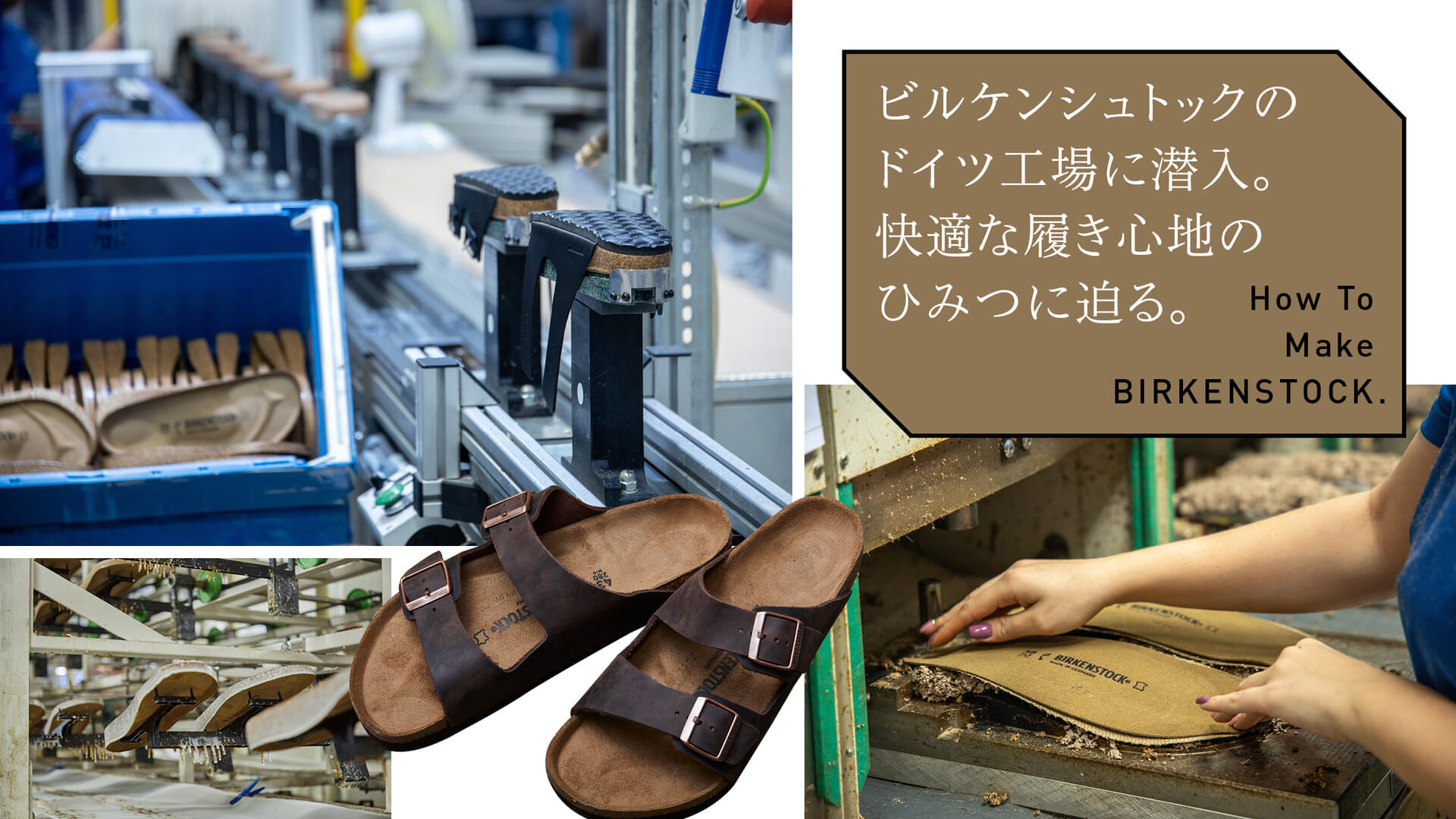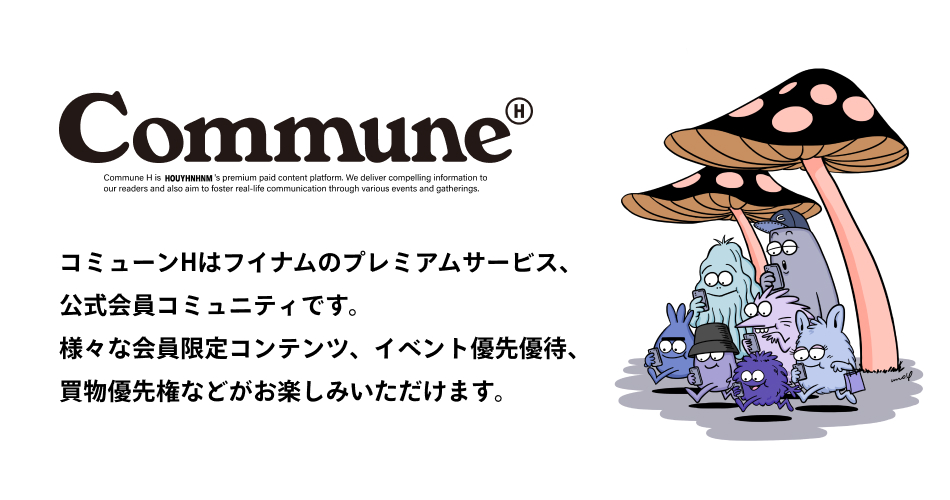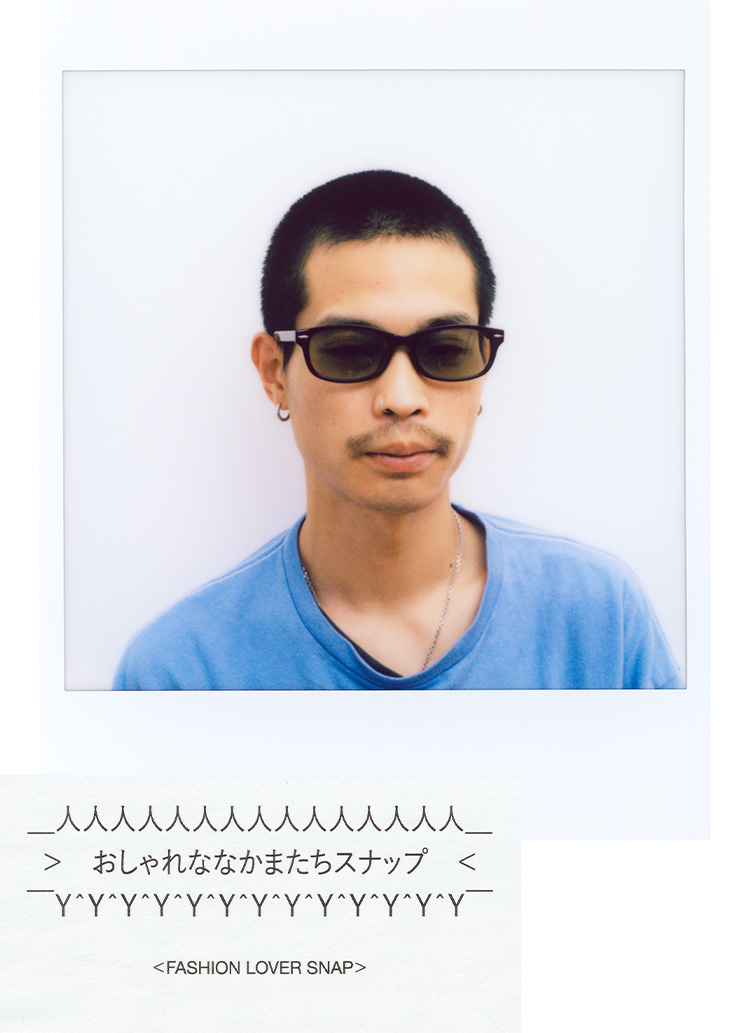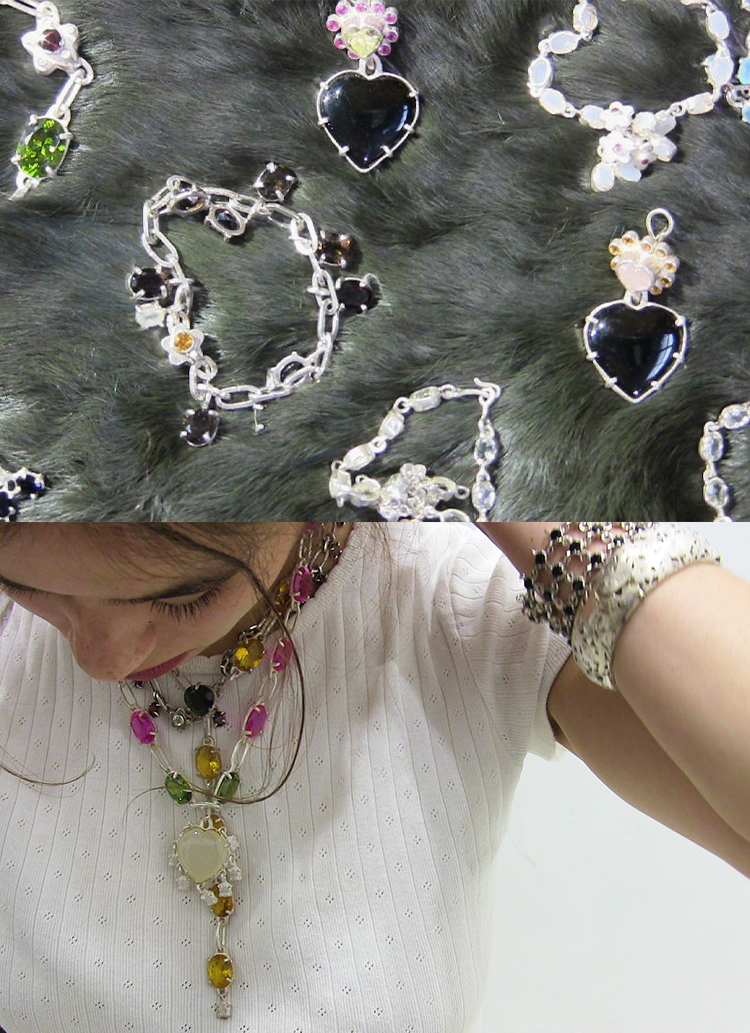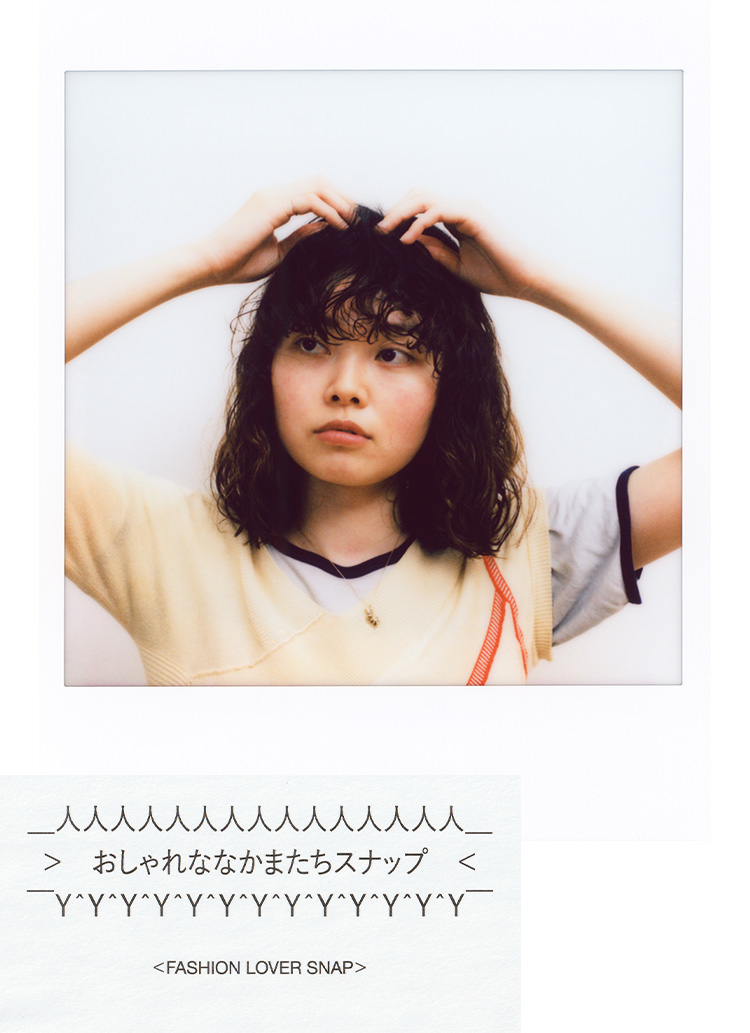footbed
Birkenstock's unique footbed promises the ultimate in comfort.When you try on a pair of Birkenstock sandals, you will be surprised at how comfortable they are on your feet. Your feet naturally sink into the insole and fit without any discomfort. It is a strange sensation as if your feet are melting into the sandals. The reason for this is the brand's uniquely developed footbed. To investigate the structure, we visited the factory in Görlitz, Saxony, a town on the eastern edge of Germany.

Cross-sectional view of the footbed, the most important part of Birkenstock. As you can see, it is made of four layers of material.
The footbed is the most distinctive feature of Birkenstock shoes, which are designed to be comfortable to wear. The structure consists of four layers from the top: (1) an inner lining made of high quality suede that is soft to the touch, (2) a layer of jute with a dense texture that serves as a breathable and water absorbent function, (3) cork and latex, the most important elements, and (4) a layer of even coarser jute.
Of particular note is the third layer from the top: cork and latex. Two different types of cork grains, large and small, are mixed with natural latex, and this gives the insole just the right amount of elasticity. The more you wear them, the more the insole sinks in according to the shape of your foot, and the more comfortable they are, as if they are absorbing into your feet, which is unique to "Birkenstock.
Birkenstock's signature footbeds are completed through a variety of processes. The soft and natural comfort of the footbed is the result of the meticulous work of many hands, carefully selected materials brought about by nature, and originally developed technology and structure.
Although we do not use the latest materials or technology, the human hands and time that go into making our footbeds are the best and most comfortable available.


